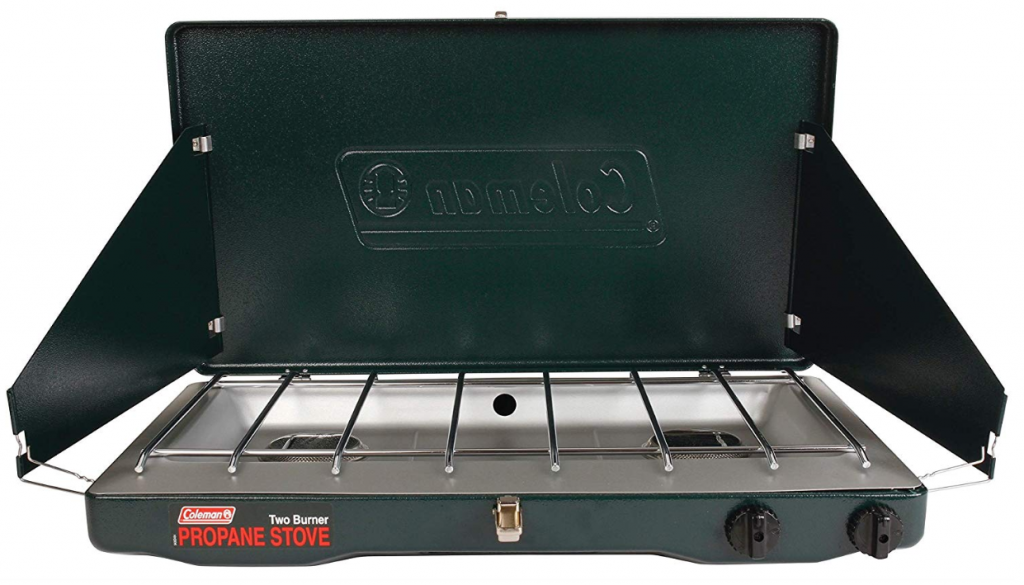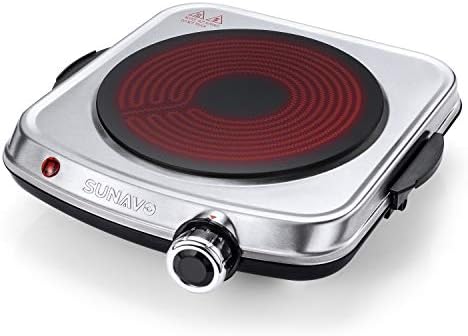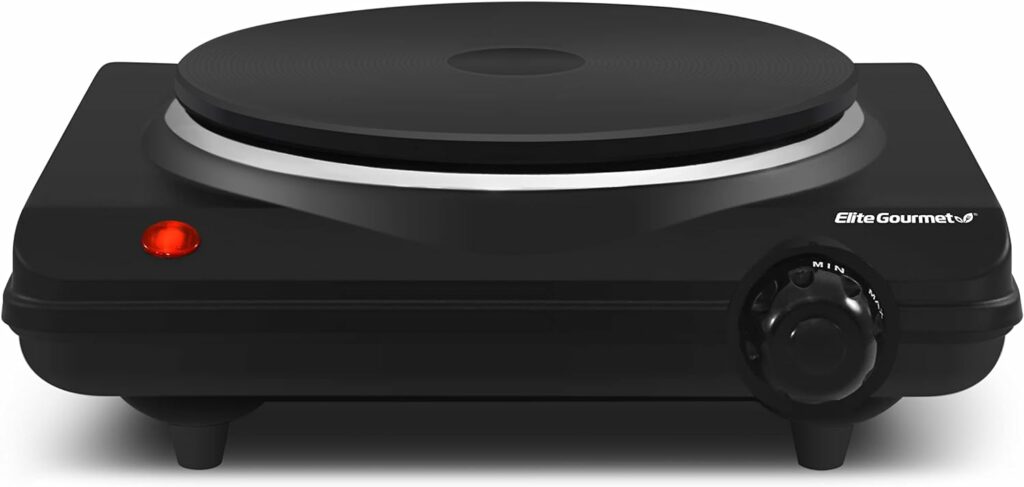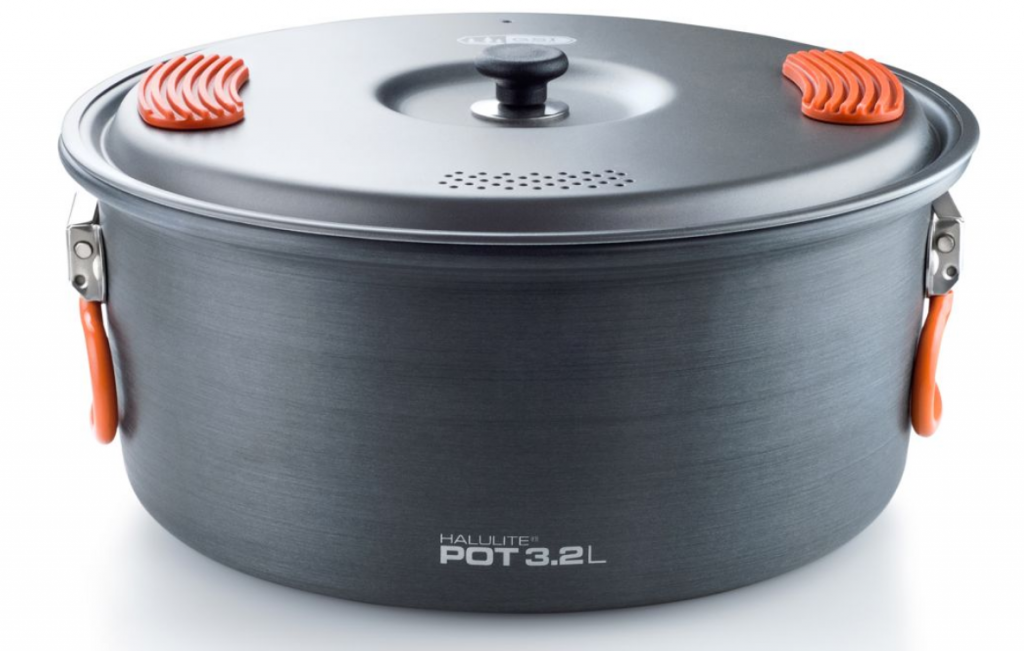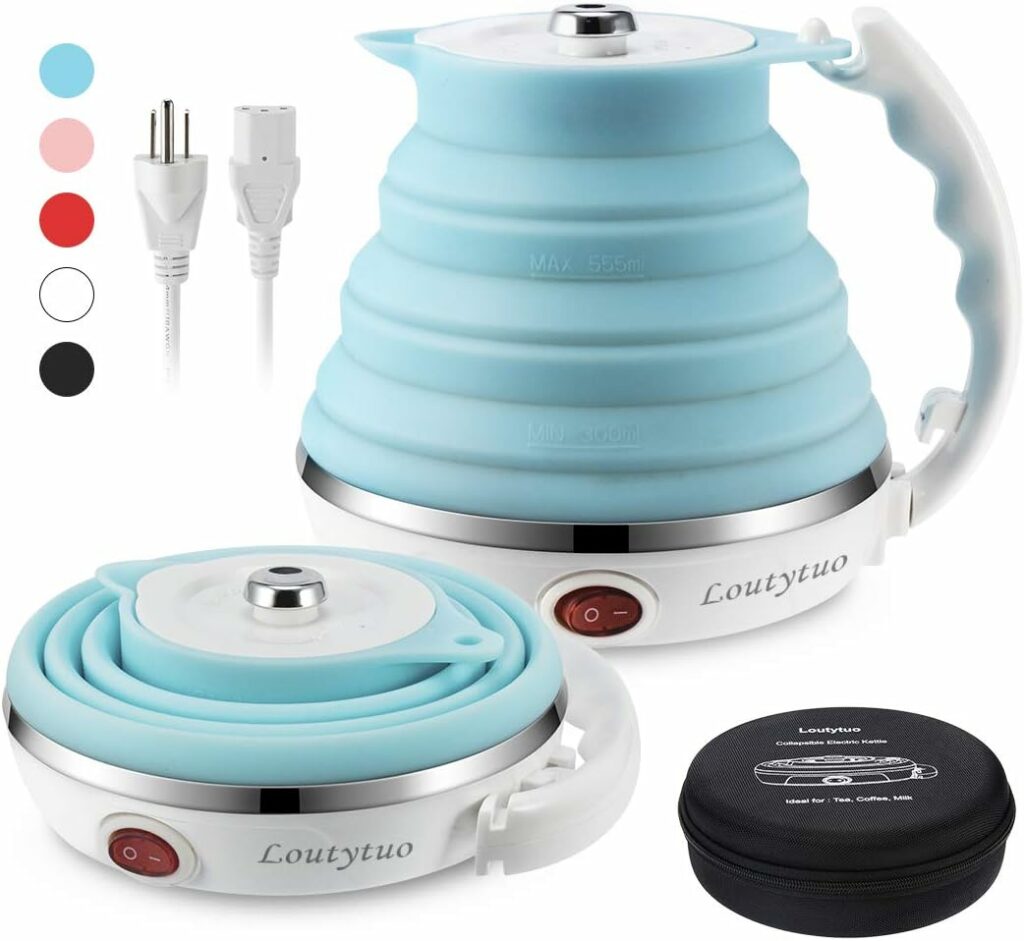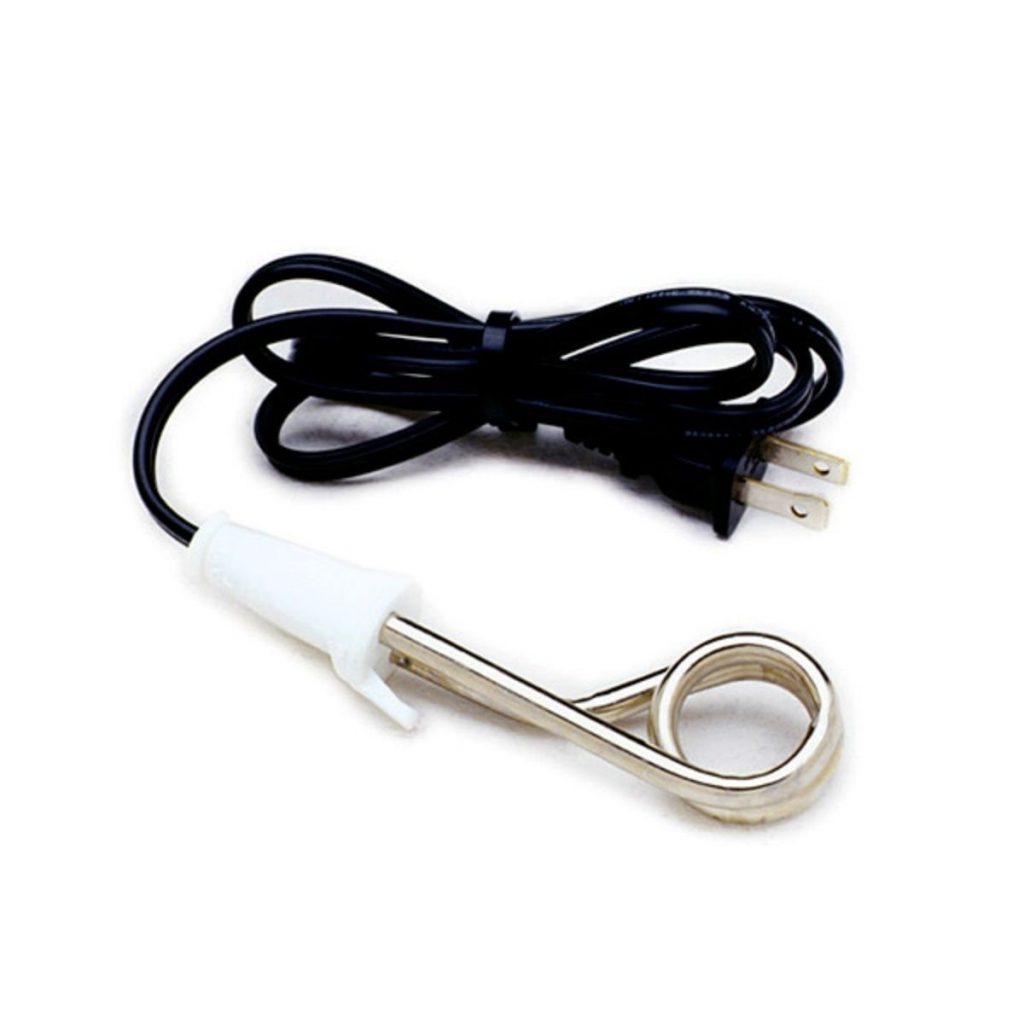Have you ever found yourself in a hotel room or in your car thinking how nice it would be to have a hot cup of coffee or tea at that exact moment? Or even a hot chocolate, cider, TopRamen, whatever you need boiling water for? Of course, if you are in a typical American hotel room, you could boil water using the small coffee maker that comes with your room, but these will only raise the water temperature to between 150-190F. The boiling point of water is 212F. This misses the mark by quite a bit!
Quick side note: for good coffee, you want the water to be at least 200F, depending on the method you use for making that coffee. In fact, percolators and Mokapots need boiling water to work. After reading this blog, if you’re still unconvinced about heating up water using your own apparatus, check out these suggestions to at least improve by a little bit the hotel room coffee experience.
So… What options do you have to boil water? We’ve narrowed it down to four possibilities:
Remember, these are ways to boil water on the road. The method you choose depends on where you happen to be: in a hotel room, in your car or camper, at a park picnic table, at your friend’s house, etc. Keep reading the below for a little more detail about each possibility.
1. Camping stoves
Shhhhh… don’t tell anyone we said this, but you can bring a camping stove along to your hotel room. You can boil water in the parking lot or the patio or wherever the management allows you to. There’s an array of camping stoves to choose from, from the Coleman 2-burner stove to the compact and lightweight GSI Pinnacle Canister Stove. If you go this route, you’ll also need to invest in a pot in which to boil your water (we recommend this GSI Outdoors Halulite pot), propane or isobutane, and a lighter to start the flame.
Coleman stoves are the classic propane camping stoves that you can pick up at Walmart. We have tested the equivalent CampChef, Ozark Trail, and Eureka stoves and found them to be just as good as the Coleman, despite being more expensive! All companies also make upgraded stoves with self-igniters, but they seem to fail quickly, so might as well stick with the good ole’ long-stem lighter. By the way, DetourOn offers these stoves for rent, in case you feel like trying it out before committing to buying it.
— CHECK PRICE OF COLEMAN STOVES ON AMAZON —
Pros of camping stoves:
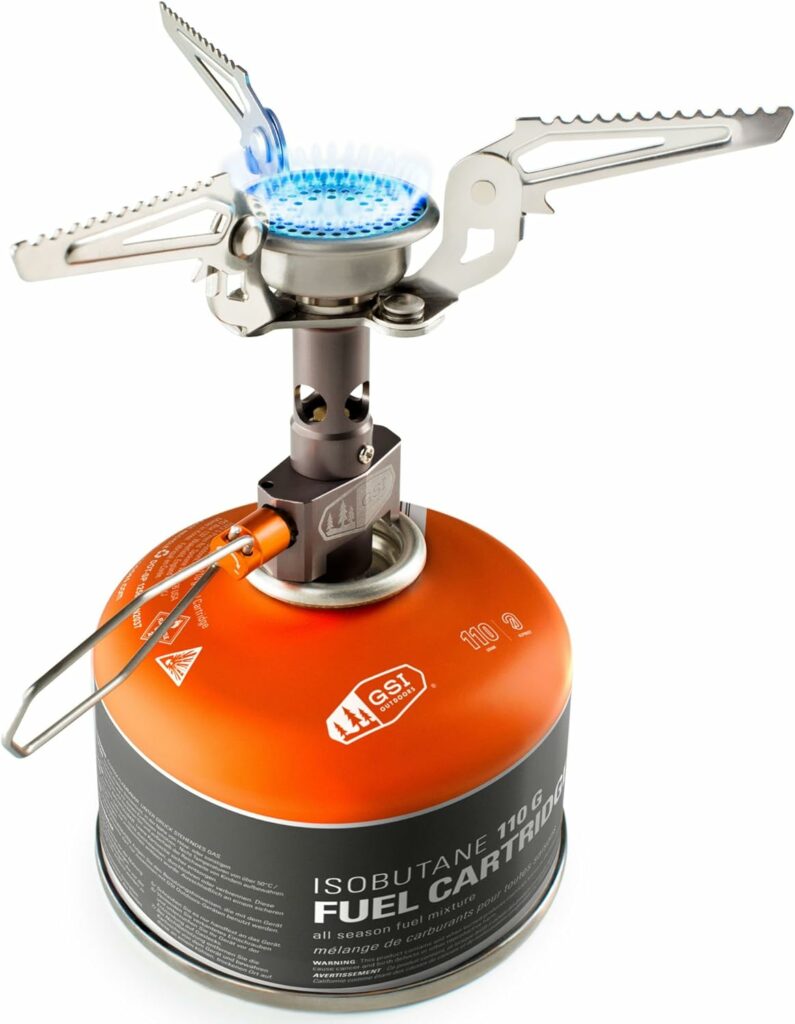
- They are portable
- They come in a variety of shapes, sizes, and prices
- Take them anywhere
- Not just for boiling water – you can also make food in sauce pan or frying pan
Cons of camping stoves:
- They should not be used indoors.
- If they are used indoors, use caution!
- They need extra items (i.e., propane, lighter, sauce pan)
Best uses for Coleman: Car camping or making food at picnic areas
Best uses for MSR: Backpacking or hotel room parking lots
— CHECK PRICE OF GSI PINNACLE STOVE ON AMAZON —
2. Portable electric stoves
Pretty nifty wherever you are that has an electrical outlet! Try the Maxi-Matic Electric Cast Iron Heating Plate or the SUNAVO Electric Infrared Burner. Both weigh only 3lbs and take as much space in your luggage as your toiletries kit (or mine – it’s 9″ x 9″ x 3.25″). Both options have power indicator lights, non-skid feet for stable cooking, adjustable temperature controls… They basically work the same as your stove top at home. Plug it in, turn it on, and wait for the magic to happen. They are also super easy to clean thanks to their flat surfaces. Simply wipe with a damp cloth, and you’re done!
But beware: The cast iron heating plate, though much cheaper, takes twice as long to heat up and cool down as the infrared burner. At sea level, it takes the Sunavo about 5 minutes to boil a liter of water whereas the Maxi-Matic takes more like 10 minutes. The Sunavo also comes with handles for easy and safe moving. For some reason, the Maxi-Matic doesn’t come with handles, so it’s wise to wait for it to cool down before moving it.
— CHECK PRICE OF SUNAVO ELECTRIC INFRARED BURNER ON AMAZON —
Pros of electric portable stoves:
- Non-skid feet for stable cooking
- Adjustable temperature control
- Power indicator light
- Fairly small and lightweight
- Easy cleaning
- Not just for boiling water – you can also make food in sauce pan or frying pan
- The infrared burner heats up and cools down very quickly, and comes with handles for easy and safe moving
Cons of electric portable stoves:
- You need access to a power outlet
- Must have power source
- If using in a camper or RV, you need a strong battery, such as the GoalZero Yeti which is very expensive
- Should not be transported on a plane
- The cast iron heating plate takes a while to heat up and cool down, and does not have handles
Best uses: Hotel rooms, especially if planning to make food in it too.
— CHECK PRICE OF MAXI-MATIC ELECTRIC CAST IRON PLATE ON AMAZON —
Another side note: For any stove you choose, electric or gas-powered, you’ll need a pot in which to boil your water. We recommend the GSI Outdoors Halulite pot. This lightweight (1lb) cooking pot with lid will amaze you with its heating speed. The pot comes with side handles that fold in for storage, and the lid has thumb pads and straining holes, making it safe to pour out the water.
This pot comes in three sizes: 2L, 3.2L, and 4.7L. We found that for two people, the 2L pot may be OK for coffee or tea, but it is never enough for a 2-person meal, and 4.7L unnecessarily takes too much space in the storage box. Hence 3.2L is the perfect size for a variety of cooking needs.
3. Collapsible electric kettles
These are just so cute. I mean, look at this Loutytuo Collapsible Electric Kettle! It has a height of just over 5″ (as tall as a smartphone is long) and collapses to about 2″. It comes with a similarly cute carrying case. This kettle holds two cups of water, which is absolutely perfect if you often go on business trips and drink a lot of instant coffee (the Nescafe Espresso is our favorite). It boils water in 3-5 minutes!
A few notes of caution: First, this kettle comes in 110V/220V dual voltage so it can be used pretty much all over the world. You must adjust it manually to the desired voltage before using! Second, the kettle does not stop automatically when reaching the boiling point. You must remember to switch it off! Third, you must let it cool before folding it, which may take another 5 minutes.
Pros of collapsible electric kettles:
- 2-cup capacity
- The Loutytuo comes with a carrying case for easy transport
- Boils water quickly
- Lightweight and portable
- Dual voltage works practically anywhere in the world
Cons of collapsible electric kettles:
- 110V/220V dual voltage has to be adjusted manually prior to using
- Heating must be manually stopped when the desired boiling point is reached
- Wait for it to cool before folding
- Collapsible kettles do not come in bigger sizes than 0.8L
- Must have power source
Best uses: Hotel rooms, office, or in your car
— CHECK PRICE OF LOUTYTUO COLLAPSIBLE KETTLE ON AMAZON —
Yet another side note: We have not found a larger size of collapsible electric kettles than 0.8L. Anything larger isn’t collapsible and therefore isn’t very conducive to travel. If anyone hears of larger kettles, please let us know! In our opinion, the ideal size for a travel electric kettle is 1L. That way you can fill a thermos in the morning, such as this GSI Outdoors Glacier Vacuum Bottle, and have enough coffee to last you for the rest of the day (we might have a bit of a coffee addiction).
4. Portable heating elements
Last but not least on our list of water-boiling devices are portable heating elements such as the Norpro 559 Electric Immersion Heater. Dip it into water, coffee, soup, whatever liquid you’d like, and it will heat it up! It takes about 3-5 minutes to boil a cup of water. Safe to use with any material that is dishwasher-safe. Just remember to unplug it BEFORE taking it out of the liquid. Otherwise, it will burn out almost instantaneously. Once removed from the boiling liquid, place it on a burn-resistant surface (such as in the sink or bathtub).
Pros of portable heating elements:
- Inexpensive
- Small and lightweight
- Boils practically any liquid
- Heats up very quickly
- Hang it on the lip of a cup or bowl
- Safe to use with any material that is dishwasher-safe
Cons of portable heating elements:
- Remember to unplug BEFORE removing from liquid
- Must have a container in which to boil the water
- Must have power source
- Once removed from liquid, you must find a non-burn surface to place it on while waiting for it to cool down
Best uses: Hotel rooms, office, or in your car
— CHECK PRICE OF NORPRO 559 IMMERSION HEATER ON AMAZON —
Final side note: You may also find immersion heaters that come with plugs for 12V/24V lighter sockets in cars, but they are less dependable. It is much more practical to get a car adapter such as BESTEK Power Inverter DC 12V to 110V AC, so you can use the USB ports simultaneously.
Conclusion
That’s our list! These 4 methods work great in different scenarios. Therefore, we cannot say which one is best. It all depends on what you’re doing. When car camping without electricity, get a dependable Coleman stove. If you backpack often, get the MSR PocketRocket and use it in [nay, near] hotel rooms before and after the trip begins. Suppose you want to make food in hotel rooms, get the electric infrared burner. If you just want TopRamen or instant coffee in hotel rooms or anywhere else with an electrical outlet, get the collapsible electric kettle or the immersion heater.
Please share this article if you’ve enjoyed it.

